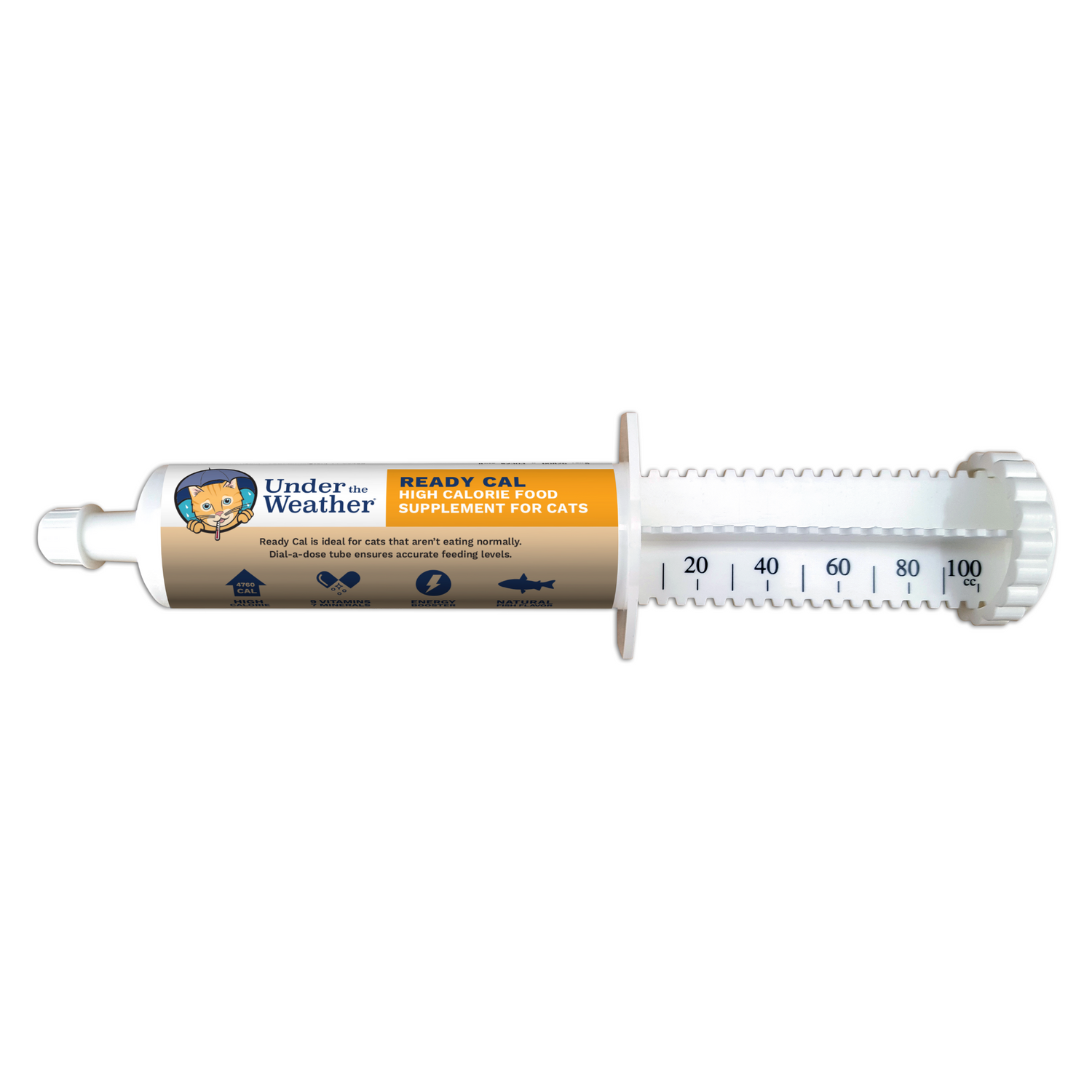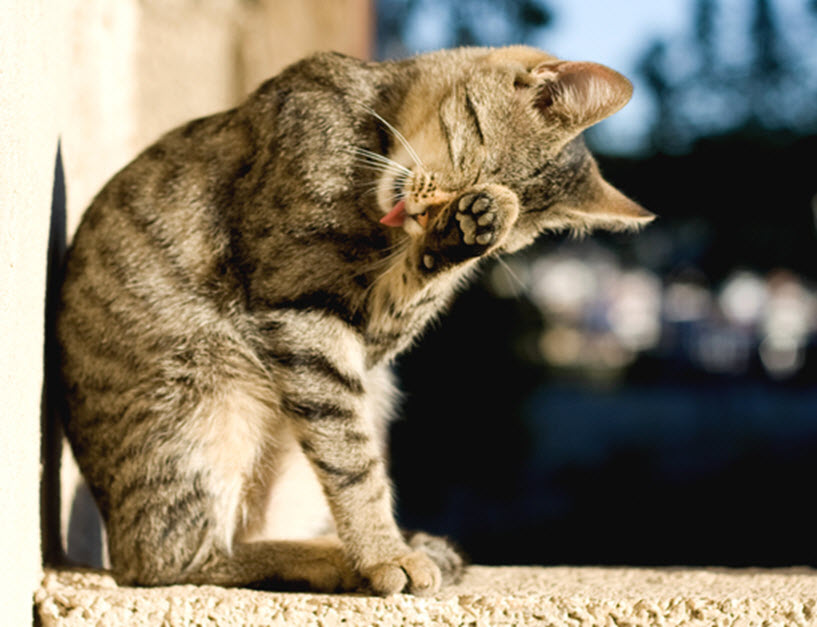Cat hairballs can be shocking and disgusting, especially the first time you experience one. Helping your cat prevent them and understanding how to deal with them can make all the difference.
What Are Hairballs?
Hearing your cat retch and eventually upchuck a hairball can be very distressing. The end product is a blob of undigested wet cat hair that’s been lurking in the digestive system. It’s nothing to be worried about and is a completely normal process for cats.
A hairball, or trichobezoar, is formed when your cat grooms herself. The rough barbs on your cat’s tongue bring up the debris in her fur, but since the barbs are angled backward toward her throat, they don’t allow the hairs to go anywhere but down. Most of the hairs will go through the digestive system and are excreted with the feces with no problem. But sometime too much hair is swallowed, and they collect together forming a wadded mass that cannot pass through the digestive tract. Most cats suffer from an occasional hairball. Long-haired cats tend to swallow more hair simply because they have more of it, but short-haired breeds get hairballs too.
When your cat is trying to eliminate the hairball, you will hear a sound like a dry cough as if something is stuck at the back of her throat. Your cat may also experience constipation while dealing with a hairball. While it sounds disgusting, don’t panic or reprimand your cat. Be encouraging so she can eliminate the problem. If she doesn’t, the hairball could get stuck in her intestines and cause more serious problems.
Preventing & Treating Hairballs
There are several ways you can help your cat, from preventing it to helping her pass it. The whole process can be much less stressful for you when you know what you’re dealing with.
The most important thing you can do for your cat is establish a regular grooming routine. Brushing your cat removes the stray hairs your cat will swallow while grooming herself. The more hair your cat has, the more she should be brushed. Daily brushing is a great way to bond with your cat, but also will keep your cat’s skin healthy and free of the tangles or mats that can develop in her fur.
If your cat seems to be struggling with a hairball, you can try a petroleum-based hairball paste which acts as a laxative and lubricant. These pastes are pleasant tasting for your cat and can be applied to her paw to lick off.
For cats who have hairballs frequently and need some assistance to prevent further problems, you can incorporate a hairball formula cat food with a higher fiber content to help your cat’s elimination process remain strong and efficient and able to pass a hairball. Another prevention product would be a functional soft chew treat with oils to break up the hairballs and prevent blockages.
When to Get Professional Help
If the hairball gets too big to pass, your cat could become sick. In severe cases, surgery may be required to remove it. Call your veterinarian if you suspect your cat is having trouble passing a hairball, especially if she is retching for more than three days or if your cat is constipated or refusing food for more than a day.
Brushing and combing may help prevent matting and tangles, but if your cat develops painful knots, you may require the help of a professional groomer. If it is an extreme case requiring shaving, your veterinarian may have to perform the procedure under anesthesia.
This blog is brought to you by Under the Weather®, provider of line of supplements for cats. Learn more about our Hairball Support, a functional soft chew treat with a yummy whitefish flavor.
Under the Weather is also an avid participant in the pet overpopulation cause. A portion of every sale is channeled to the Ruffy Rescue Transport Fund which finances the transportation of pets from overpopulated shelters around the U.S.A. to Vermont for adoption. The fund also covers the cost of spaying and neutering these animals. Get to know more about Ruffy and the inspiration for our company.
View Our Products
Visit Our Blog Library






